
The history of the chef hat is steeped in mystery. While more than one theory exists, there is no official answer to the beginning of its story. However, it has both a functional and cultural significance. The modern day chef uniform originated in France, and today hats are worn in kitchens the world over as a continuation of tradition and as a way to prevent hair from falling into food.
Origination Theories
One of the most common theories about the beginning of the toque dates back to the seventh century A.D. in Assyria. Chefs wore crown-like headdresses to differentiate themselves from other staff in the kitchen. During the 1500s, many whose work was in the field of creative thinking, including chefs, were being executed and imprisoned. Chefs hid in monasteries, wearing the same clothing as the priests (only different in color), as well as their hats. Some say this is the beginning of the chef hat as a uniform.
In the 19th century one famous chef, Marie-Antoine Carême, formalized the uniform of the chef. The toque was a stiff, white fabric hat. Think of a white top hat without the brim. Pleats were placed at the front of the hate to signify the seniority of the chef; more pleats meant more experience. The height of the hat also signified a top chef.
Two Types of Toque
The traditional toque is tall and stiff, while a more modern version of the hat is made in any number of colors and flops over to one side. Today, the pleats and height of the hat hold no bearing in the seniority of the chef, but it does serve to differentiate the chef from the rest of her staff. Many traditional culinary schools require the students wear the toque during training. Toques are no longer made with fabric and instead many are disposable paper. The traditional (tall, stiff) toque is still white.
Beanies
Chef's hats also extend to cooks in the kitchen who are not the head chef. Their type of hat is known as the beanie and is worn in white, black or a checked pattern. The beanie is either made of cloth or paper, fits close to the head and is fitted with a back tie or elastic. Some beanies have a mesh top that allows for hair to escape, making the wearer less hot during his shift.
Baseball Caps
Each kitchen has its own standards of cook/chef attire. In a less traditional or more casual establishment baseball caps are worn by chefs and cooks. Chef's hats in the baseball cap style are purchased from chef supply companies in a solid color like black and lack a logo.
Related Articles

Men's Clothes & Styles in the 1920s & ...
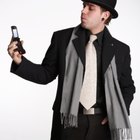
What Are Bowlers, Bonnets, Beanies & ...

History of Military Hats
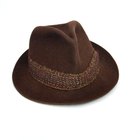
1950s Gangster Clothes

How to Wear a Stetson Hat

Facts About Sombreros

Differences Between a Top Hat & a ...
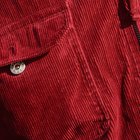
What Is the Difference Between Denim & ...

Types of Felt Hats
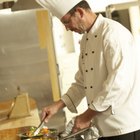
What Is the Difference Between White & ...

What Is an African Kufi Hat?

Types of French Hats

Hat Trends of the Seventies
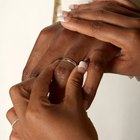
Traditional African Wedding Attire
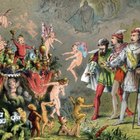
What Did Men Wear During the ...
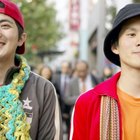
Traditional Japanese Hats for Men
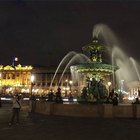
What Type of Clothing Do the French ...
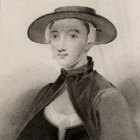
Women's Hats in the 1700s
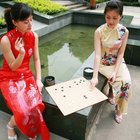
What Do Chinese Women Wear?

School Uniforms in the 1940s
Photo Credits
Jupiterimages/Goodshoot/Getty Images